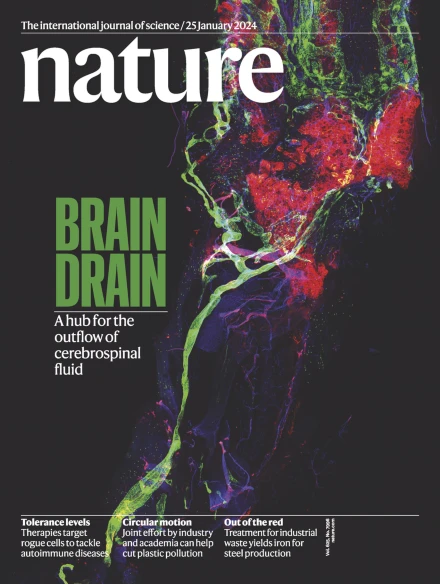用生成神经网络对古代文本进行语境化。
IF 48.5
1区 综合性期刊
Q1 MULTIDISCIPLINARY SCIENCES
引用次数: 0
摘要
人类历史诞生于文字之中。碑文是最早的文字形式之一,可以直接了解古代文明的思想、语言和历史。历史学家通过识别相似的碑文——具有相同的措辞、功能或文化背景——来获得这些见解,从而使文本在更广泛的历史框架中得到语境化,并执行关键任务,如修复和地理或时间归因。然而,当前的数字方法仅限于文字匹配和狭窄的历史范围。在这里,我们介绍埃涅阿斯,一个生成神经网络,用于古代文本的语境化。埃涅阿斯检索文本和上下文的相似之处,利用视觉输入,处理任意长度的文本恢复,并在关键任务中推进最先进的技术。为了评估它的影响,我们与历史学家一起进行了一项大型研究,使用埃涅阿斯的产出作为研究起点。历史学家们发现,埃涅阿斯找到的相似之处在90%的案例中都是有用的研究起点,这使他们对关键任务的信心提高了44%。当历史学家与埃涅阿斯配对时,修复和地理归因任务产生了更好的结果,超过了人类和人工智能单独的表现。就日期而言,埃涅阿斯距离地面真实范围有13年的距离。我们通过分析著名的罗马铭文Res Gestae Divi Augusti的关键特征,展示了埃涅阿斯对历史工作流程的贡献,展示了如何将科学和人文科学结合起来,创造出变变性的工具,以帮助历史学家和推进我们对过去的理解。本文章由计算机程序翻译,如有差异,请以英文原文为准。
Contextualizing ancient texts with generative neural networks.
Human history is born in writing. Inscriptions are among the earliest written forms, and offer direct insights into the thought, language and history of ancient civilizations. Historians capture these insights by identifying parallels-inscriptions with shared phrasing, function or cultural setting-to enable the contextualization of texts within broader historical frameworks, and perform key tasks such as restoration and geographical or chronological attribution1. However, current digital methods are restricted to literal matches and narrow historical scopes. Here we introduce Aeneas, a generative neural network for contextualizing ancient texts. Aeneas retrieves textual and contextual parallels, leverages visual inputs, handles arbitrary-length text restoration, and advances the state of the art in key tasks. To evaluate its impact, we conduct a large study with historians using outputs from Aeneas as research starting points. The historians find the parallels retrieved by Aeneas to be useful research starting points in 90% of cases, improving their confidence in key tasks by 44%. Restoration and geographical attribution tasks yielded superior results when historians were paired with Aeneas, outperforming both humans and artificial intelligence alone. For dating, Aeneas achieved a 13-year distance from ground-truth ranges. We demonstrate Aeneas' contribution to historical workflows through analysis of key traits in the renowned Roman inscription Res Gestae Divi Augusti, showing how integrating science and humanities can create transformative tools to assist historians and advance our understanding of the past.
求助全文
通过发布文献求助,成功后即可免费获取论文全文。
去求助
来源期刊

Nature
综合性期刊-综合性期刊
CiteScore
90.00
自引率
1.20%
发文量
3652
审稿时长
3 months
期刊介绍:
Nature is a prestigious international journal that publishes peer-reviewed research in various scientific and technological fields. The selection of articles is based on criteria such as originality, importance, interdisciplinary relevance, timeliness, accessibility, elegance, and surprising conclusions. In addition to showcasing significant scientific advances, Nature delivers rapid, authoritative, insightful news, and interpretation of current and upcoming trends impacting science, scientists, and the broader public. The journal serves a dual purpose: firstly, to promptly share noteworthy scientific advances and foster discussions among scientists, and secondly, to ensure the swift dissemination of scientific results globally, emphasizing their significance for knowledge, culture, and daily life.
 求助内容:
求助内容: 应助结果提醒方式:
应助结果提醒方式:


